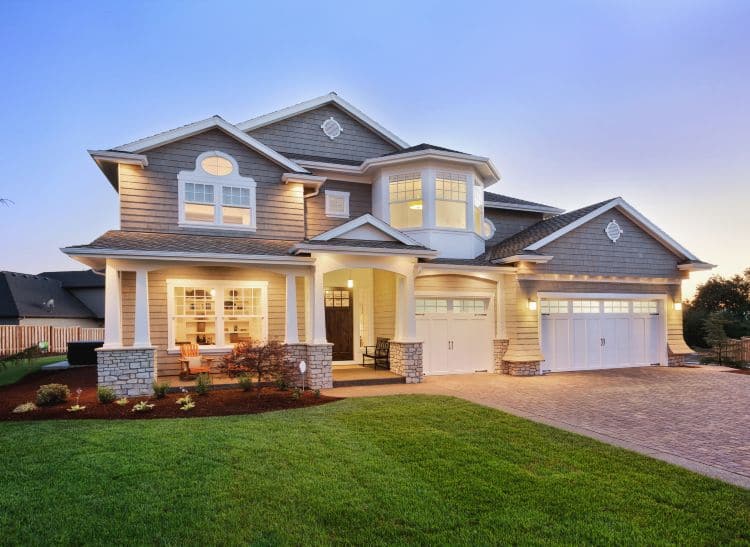New windows are a great way to update your home and make your house more energy-efficient. But buying replacement windows is a big job, and because there are so many options out there these days, it can be tough to know where to start.
So we’ve put together a little guide for you that can help you through the process of choosing new windows.
Window Frame Material Choices
The first decision you’ll have to make for your new windows is what material you want for the frame, so here’s what you need to know about your options:
Wood: Wood is ideal if you have an older house and are only replacing a few windows. Wood frames do require more maintenance than other materials and they are more expensive, but they also offer the best insulation. Wood frames are long-lasting, but if you live in an area that’s overly humid or wet, there is the potential for rot.
Vinyl: These windows are more affordable, low-maintenance, and they offer a great deal of insulation. The major drawback is that they don’t look as classic as wood frames, and they aren’t available in a wide selection of colors.
Aluminum: Aluminum windows are ideal in rainy and humid climates. They’re also cheaper than wood and require less maintenance, but the drawback is that they don’t offer nearly the same level of insulation.
Fiberglass: This window material tends to be more expensive than some of the alternatives, but for good reason. Fiberglass windows are strong, durable, highly insulating and energy-efficient, they don’t warp, and they can be repainted multiple times.
Composite: This type of frame is made from wood shavings and plastic resin, so it looks like wood but requires less maintenance. This is also a good choice from an environmental standpoint, since the wood used is from scraps, and the resins are usually made from recycled plastics.
Wood-clad: Wood-clad windows have a wooden interior and an fiberglass or vinyl exterior. You get the insulating properties of wood with the low-maintenance properties of fiberglass and vinyl. Fiberglass exteriors are best, as this combines the strength and durability where you need it!
Energy-Efficiency and Panes
Once you choose a window frame material, you can move on to the type of glass and the number of panes. The number of panes essentially indicates how energy-efficient the window will be. Your options, from the most to least energy-efficient, include:
Single-pane: only suitable in mild climates or for outbuildings
Double-pane: better insulation, better for busy streets and cooler/warmer climates
Triple-pane: insulation and energy-efficiency, and will save on energy bills
Low-E glass: double- and triple-pane windows with an insulating layer of gas between the panes
Picking a Style that Suits Your Tastes and Your Home
After picking the frame and glass, you can get creative with the style of the window. You’ll have a lot of options here, but only you can determine which style best suits your house, your budget, and your sense of design. Your major options include double-hung, casement, bay, sliding, and picture windows, which don’t open.
The only thing that’s more important than choosing the right window is making sure it’s installed properly, because an improperly installed window will allow drafts into your house, let climate controlled air escape, and could leak and cause damage.
When you choose a trusted professional for the installation of your replacement windows, you guarantee that your perfect new windows will be installed properly, and are ready to do their job for many years to come. To schedule a free window installation consultation with Madison Door, request a quote today.
